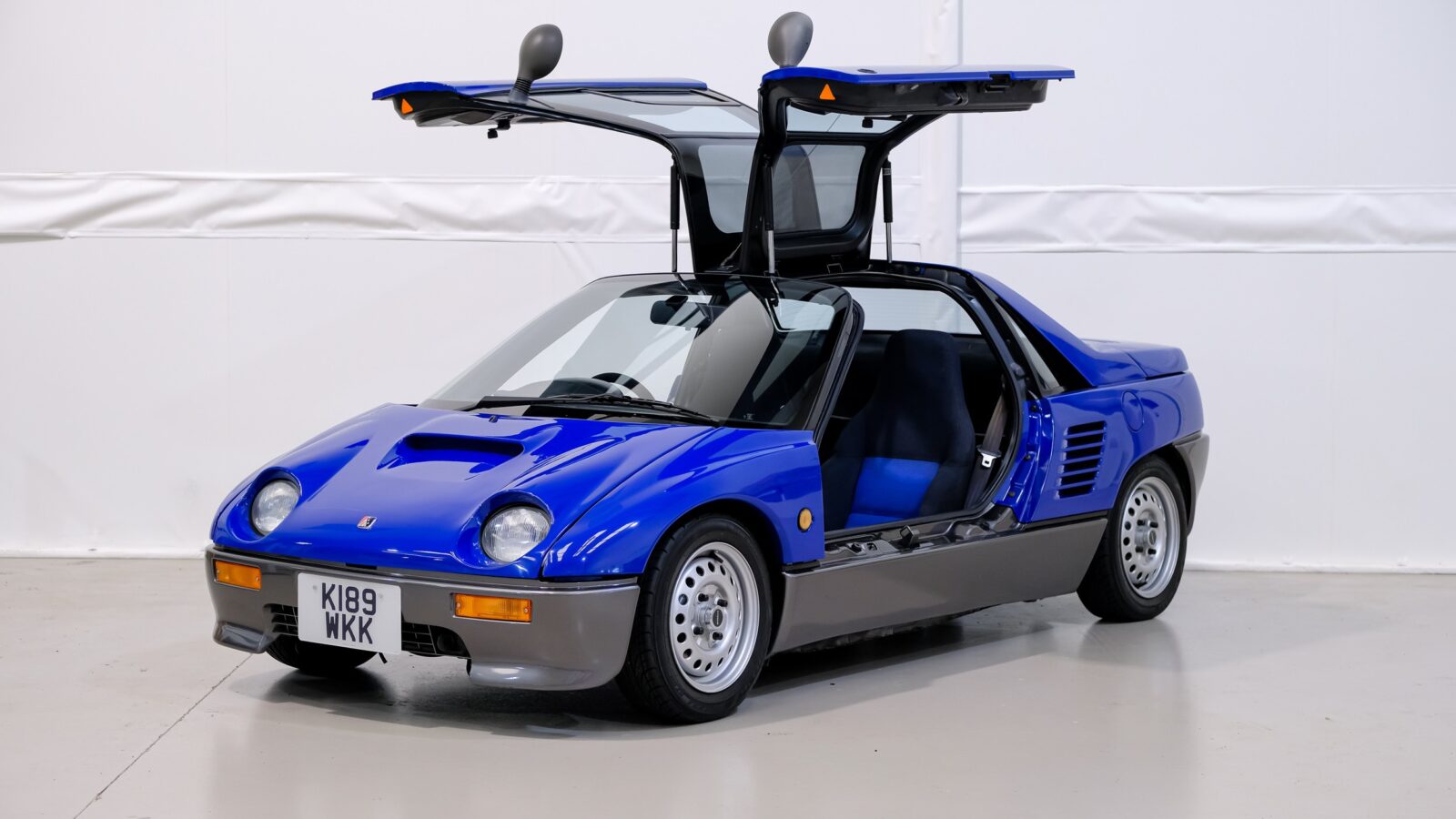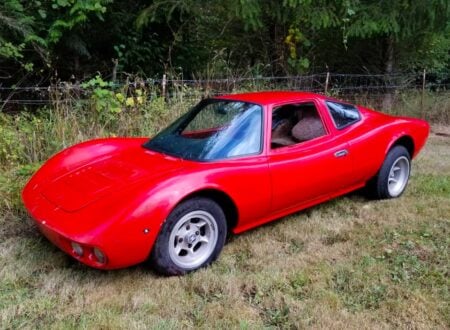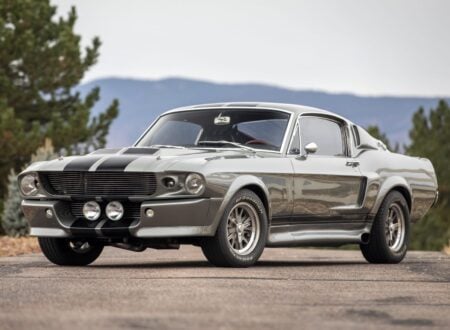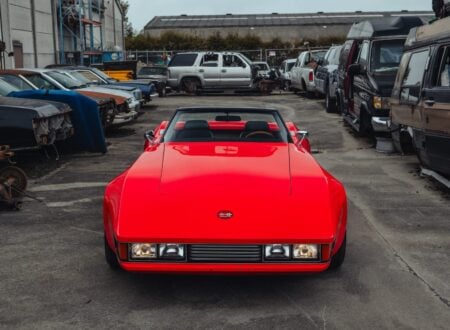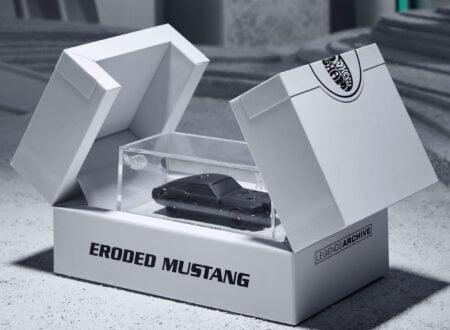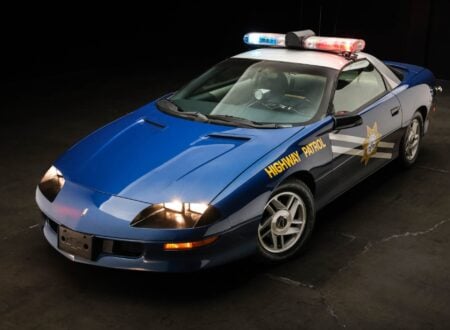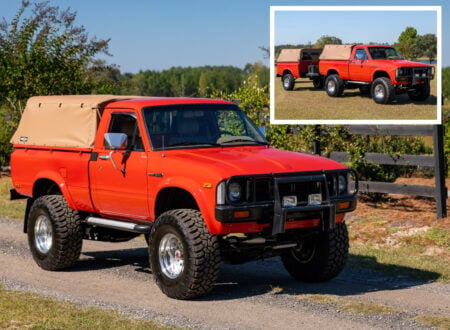The mid-engined Autozam AZ-1 is one of the most unusual Kei-class sports cars ever made.
Originally developed in the 1980s the car carries styling cues from the era, like Ferrari Testarossa-inspired side strakes, DeLorean DMC-12-inspired gullwing doors and sectioned side windows, a side profile not entirely unlike the Fiat X1/9, and the two tone color scheme of the Ferrari 512BB.
The Kei class is a strictly regulated microcar segment in Japan designed within certain size, weight, and engine size limits. Generally Kei class cars are small and relatively boring commuter or commercial vehicles however there have been some notable exceptions – perhaps none more notable than Mazda’s Autozam AZ-1.
Fast Facts – The Autozam AZ-1
- The early prototypes of the Autozam AZ-1 were developed by Suzuki, the project was taken over by Mazda when Suzuki decided to concentrate on the Cappuccino Kei car.
- The development work on the AZ-1 was led by Toshihiko Hirai who also developed the original Mazda MX-5/Miata.
- The mid-engined AZ-1 is powered by a turbocharged inline-three cylinder engine with a swept capacity of 657cc and 66hp, power is sent to the rear wheels via a 5-speed transmission.
- By the time the car was released in early 1992 a recession was sweeping Japan, as a result fewer than 4,400 examples of the AZ-1 were built over three years, with production ending in 1994.
The Autozam AZ-1 – Mazda’s “Mini Supercar”
What would happen if you took the engineering and styling specifications of the world’s most famous supercars and squeezed them into Japan’s restrictive Kei class? The answer is the car you see pictured here, the rare and highly unusual Autozam AZ-1 from Mazda, and indirectly from Suzuki.
For the uninitiated, Autozam was Mazda’s sub-brand for smaller cars including Kei cars, many of which were simply badge-engineered Suzukis. This close connection between the two Japanese automakers would directly lead to the car you see here, it started out as a Suzuki prototype before being picked up and productionized by Mazda.
In the years since its introduction in 1992 some have called the AZ-1 a “mini supercar” due to its supercar-inspired design influences – the mid-engined layout, gullwing doors, optional rear wing, and prominent side strakes.
If you were Japanese in the early 1990s with a limited budget and a love for exotic machinery you would have likely had just one car on your shopping list – the cheeky little bug-eyed Autozam.
The Autozam AZ-1 – Specifications
The original Suzuki prototypes that would eventually be developed into the AZ-1 started with the Suzuki RS/1 prototype from 1985 – a mid-engined Kei car that was followed up by the RS/3 of 1987.
Suzuki decided not to put the car into production, instead focussing on the Cappucino, but thankfully due to the close relationship between Suzuki and Mazda a deal was struck and the project was taken over by Toshihiko Hirai – the father of the Mazda MX-5 (Miata).
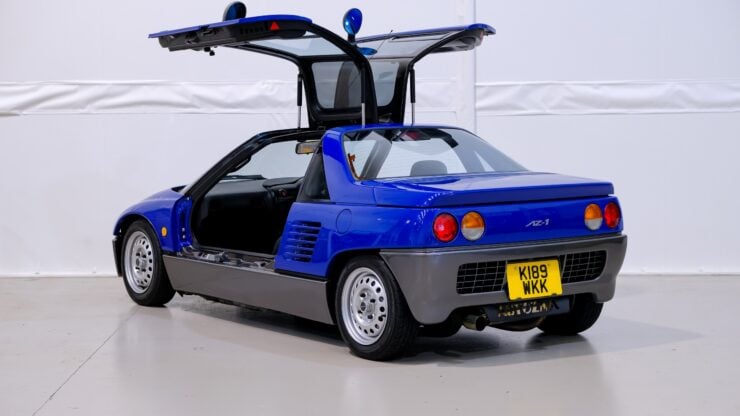

The Mazda team then developed their own version of the car, the AZ-550 Sports, in three different configurations: Type A, Type B, and Type C. The Type A was the design chosen for production, while the Type B was a spartan “high-tuned pure sports” version, and the Type C had a distinctive body design inspired by Mazda’s Group C sports prototype racers.
Much of the development work for the chassis of the production car would take place in England, it consists of a steel unibody internal structure with lightweight plastic outer body panels. The curb weight of the production car was just 720 kgs or (1,587 lbs).
Power is provided by a mid-mounted double overhead cam, 12-valve, turbocharged inline-three cylinder Suzuki F6A engine producing 66 bhp and sending power back through a 5-speed gearbox to the rear wheels.
Period reviews extolled the handling and performance virtues of the Autozam AZ-1, by the standards of the Kei car class of course, and it appeared that Mazda was going to sell almost a thousand of them a month.
Unfortunately a recession hit the Japanese economy causing pursestrings to tighten, and ultimately Mazda would struggle to sell the cars, releasing a number of special edition versions to bolster interest and shift them off Autozam showroom floors.
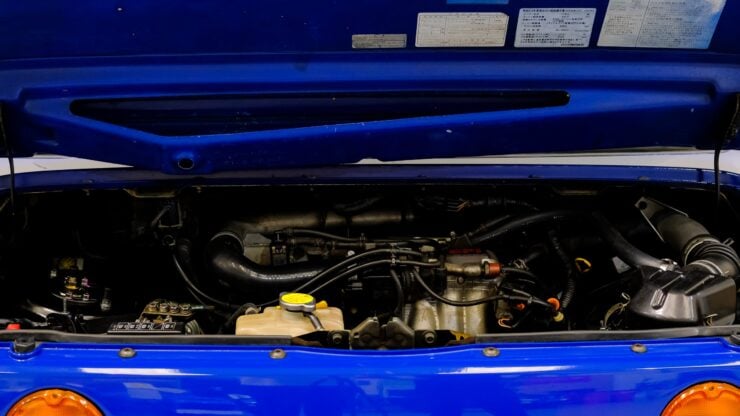

By the time production ended in 1994 just 4,392 had been built. Suzuki also tried to sell their own version called the Suzuki Cara, however they managed to sell just 531 of them.
Today the AZ-1 and its cousin the Cara are both highly sought after in Japan, and overseas in the rapidly growing JDM culture scene in the United States, Europe, and further afield.
The Autozam AZ-1 Shown Here
The car you see here is a 1993 model finished in Siberian Blue and Venetian Grey two-tone paintwork, with black and blue fabric upholstery in the cabin.
A number of subtle upgrades have been added to the car including the addition of a Mazdaspeed bonnet with a larger central air intake, a stainless steel exhaust, and Navi Street coilover suspension.
We don’t often see these come up for sale outside of Japan so it’ll be interesting to see what this one sells for. It’s currently being auctioned live online via Collecting Cars, you can click here if you’d like to read more about it or register to bid.
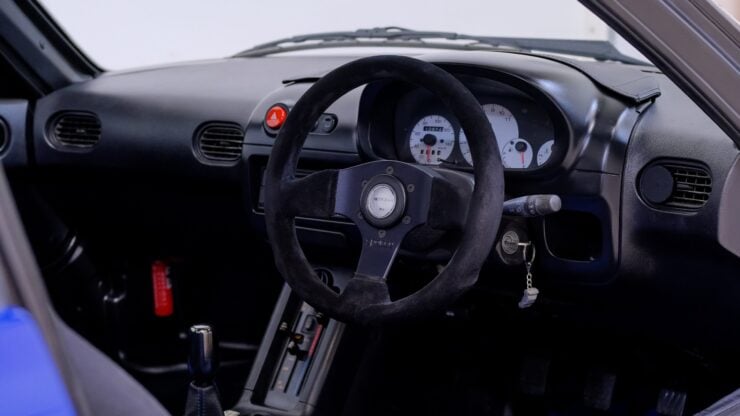
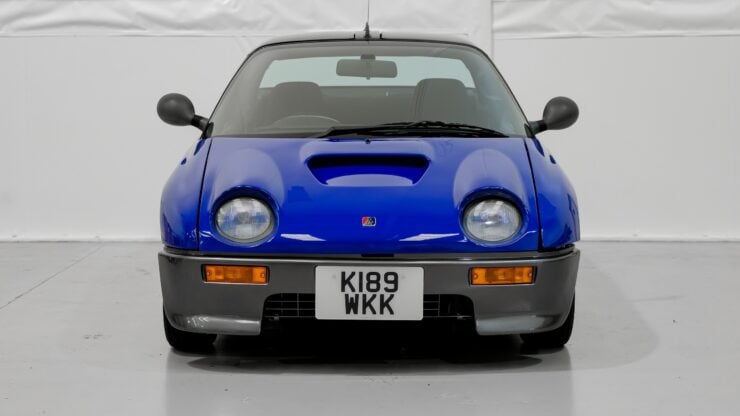
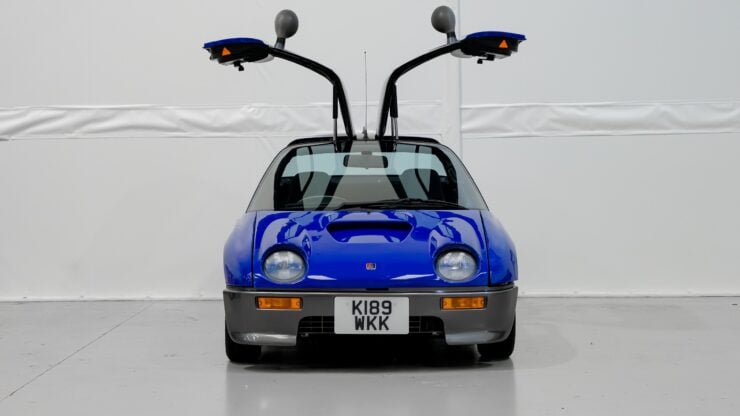
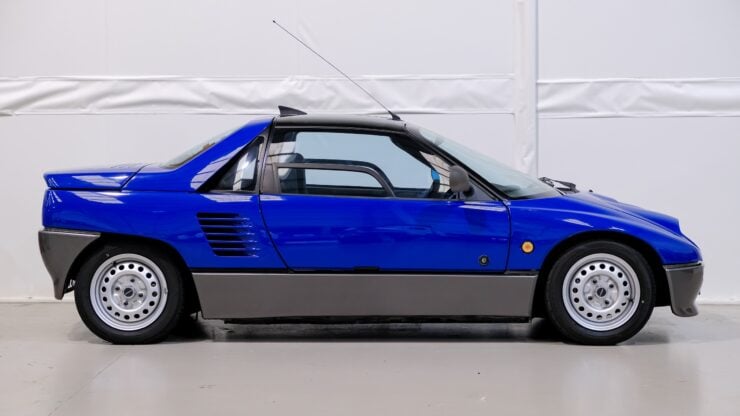
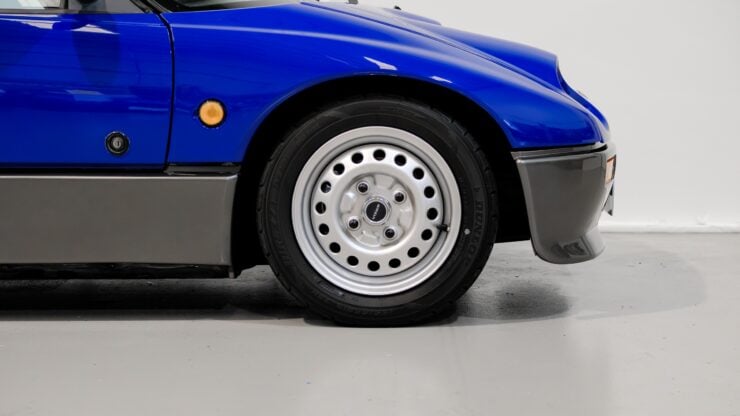
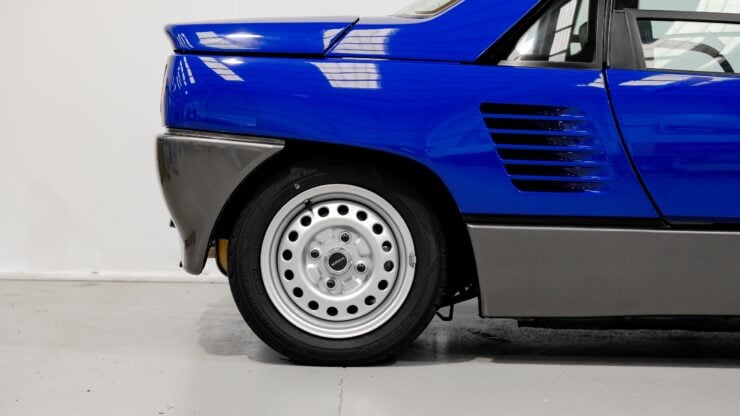
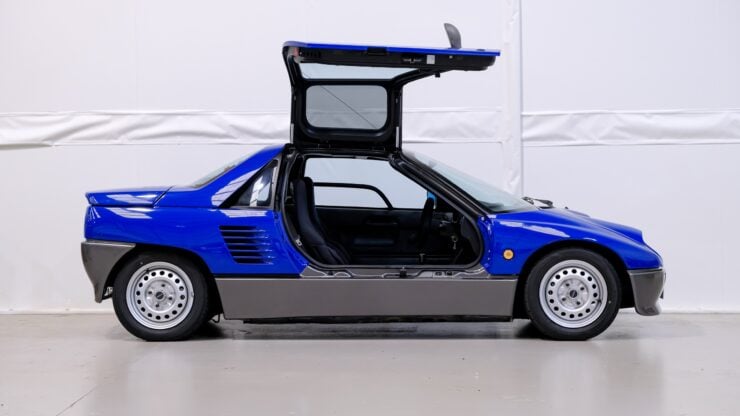
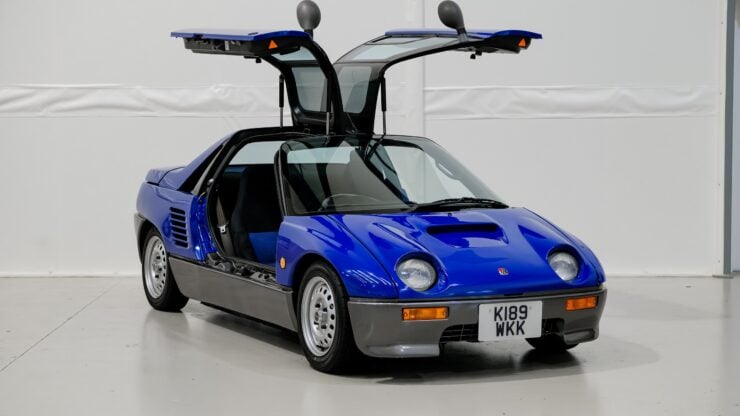
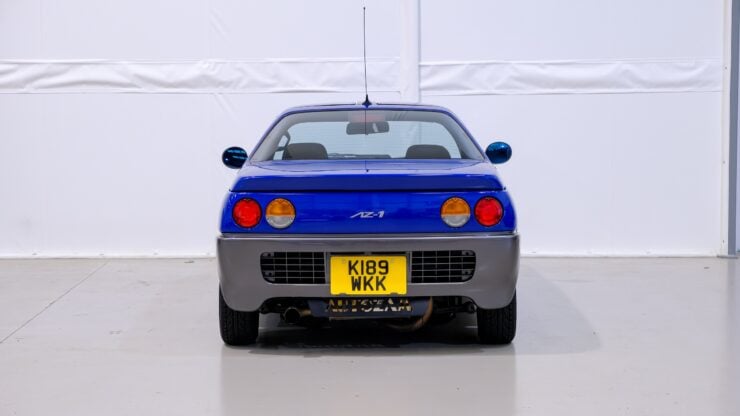
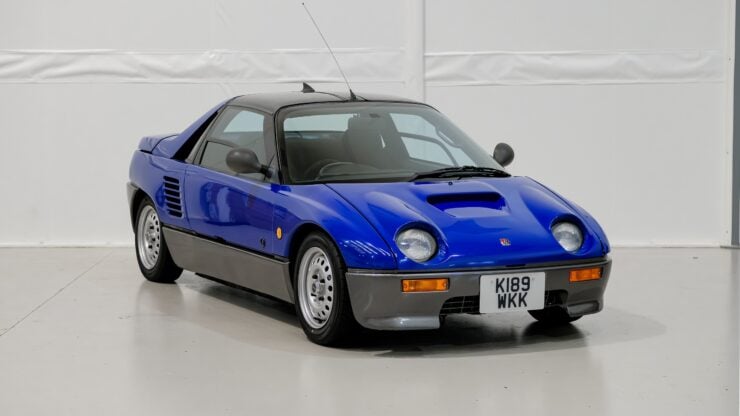

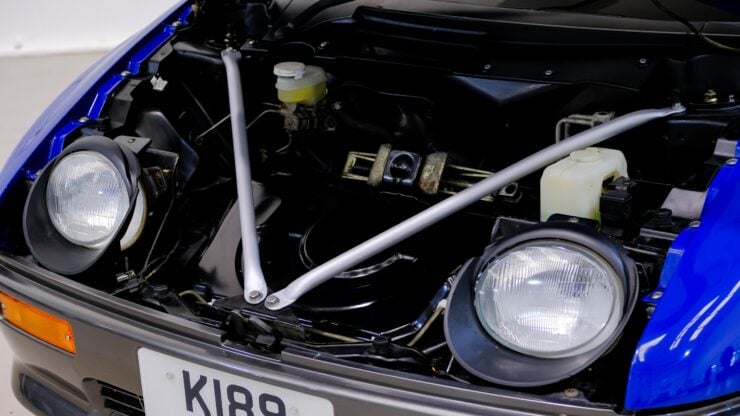
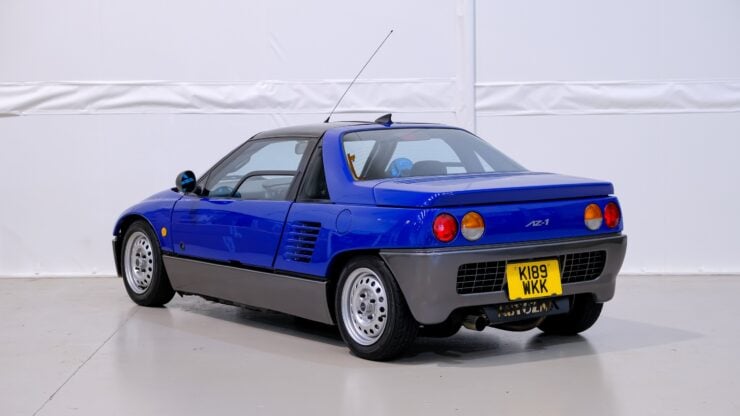
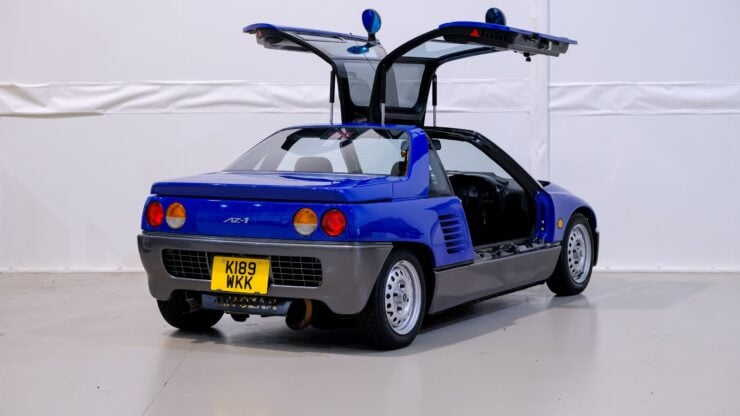
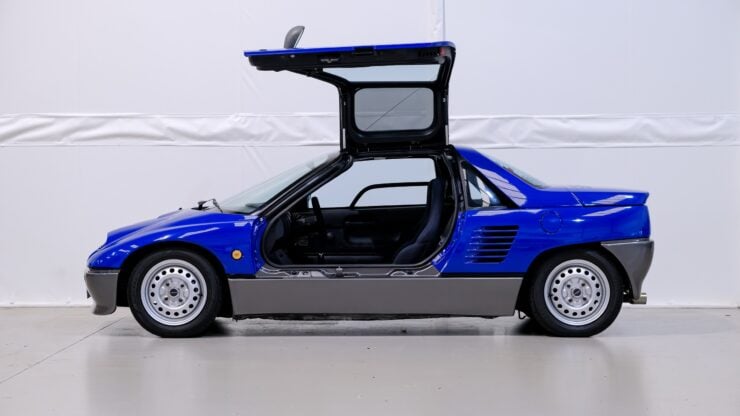
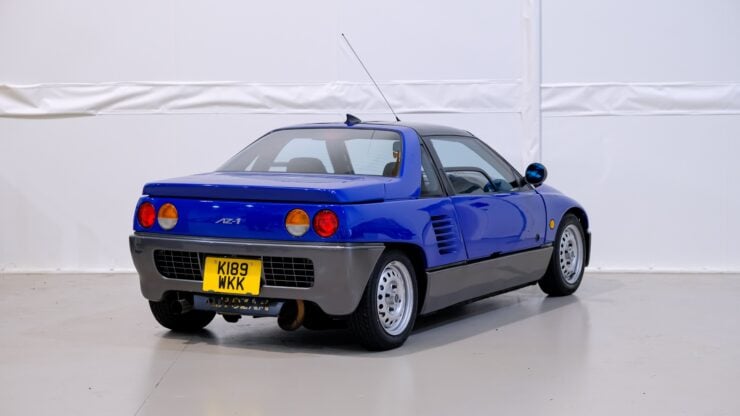
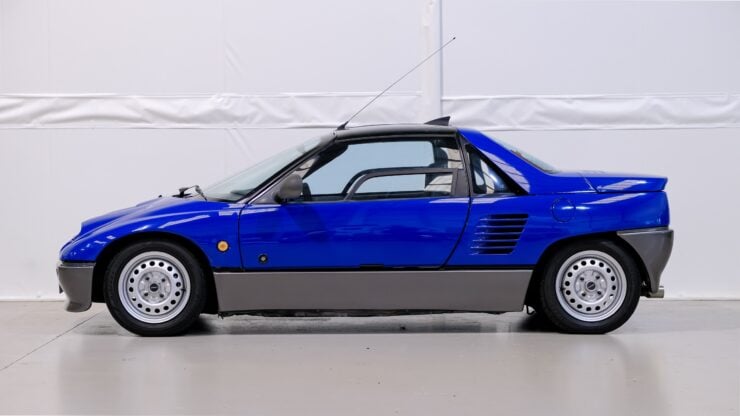
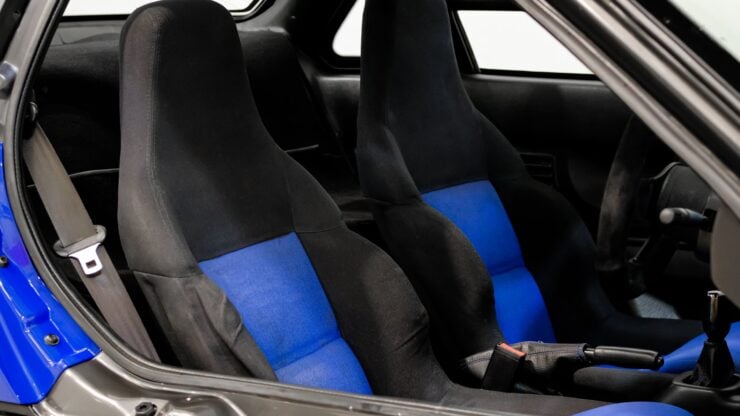
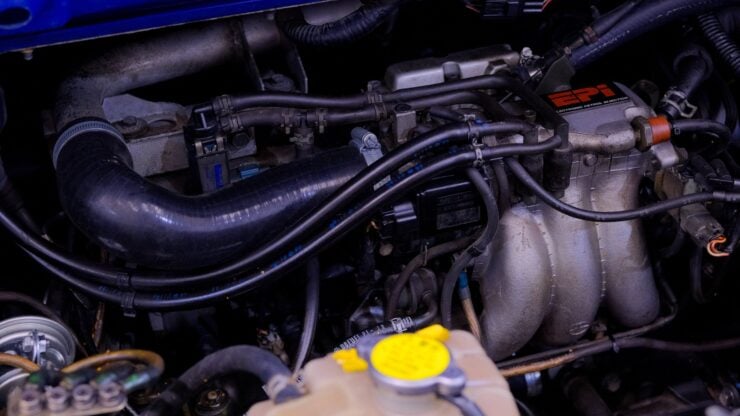
Images courtesy of Collecting Cars

